Vacuum Heat Treatment II
This paper explores the thermochemical treatment of cemented carbides (CC), specifically the boriding process. Six different types of CCs with different size of tungsten carbide (TC) grains were chosen as experimental materials. They contained binders of different chemical compositions. In five CCs, the binders were pure metals: cobalt (four of them) and nickel (one of them). In the six one, the binder was a complex Ni-Co-Cr-based alloy. Samples of the different types of CCs were prepared by grinding and polishing and then half of them underwent boriding process. The experiment aimed to find how boriding affects the final properties of CCs and their structure. Microstructural changes in the materials were examined using X-ray diffraction and optical and electron microscopy. Changes in mechanical properties and wear resistance were evaluated using hardness testing and the Ball on Disk test. The experimental results, for example, shown that CC with nickel binder had lowest wear resistance from all tested sorts of CC.
{{comment.content}}
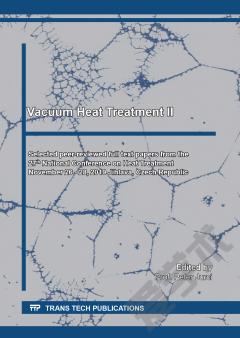
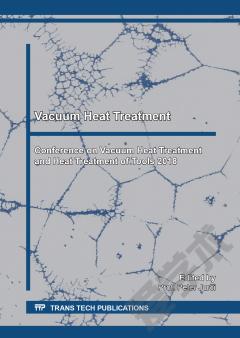
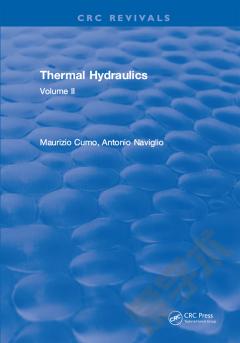

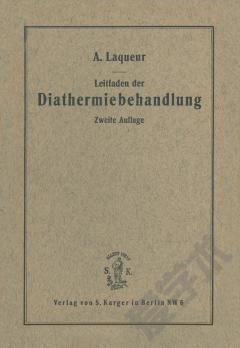
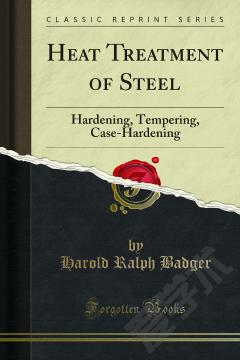
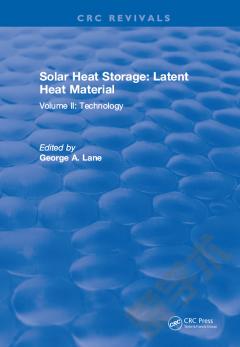

 京公网安备 11010802027623号
京公网安备 11010802027623号